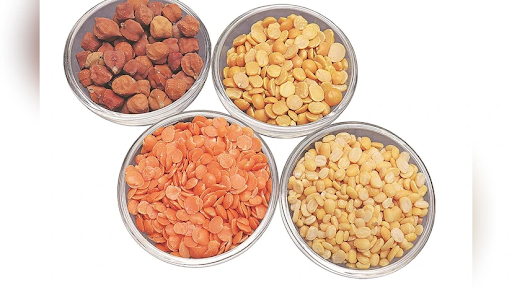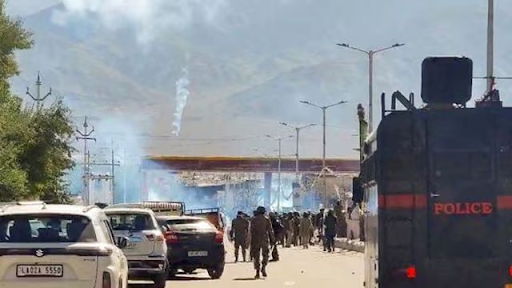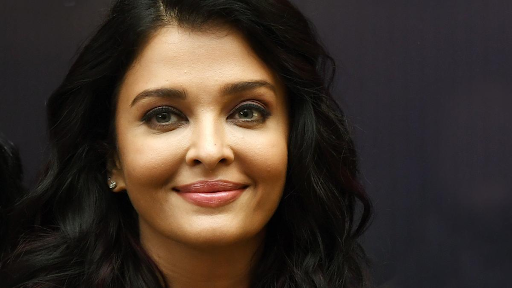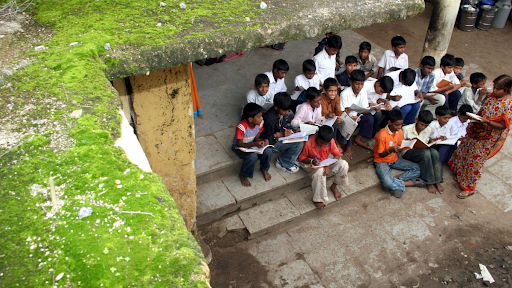Description
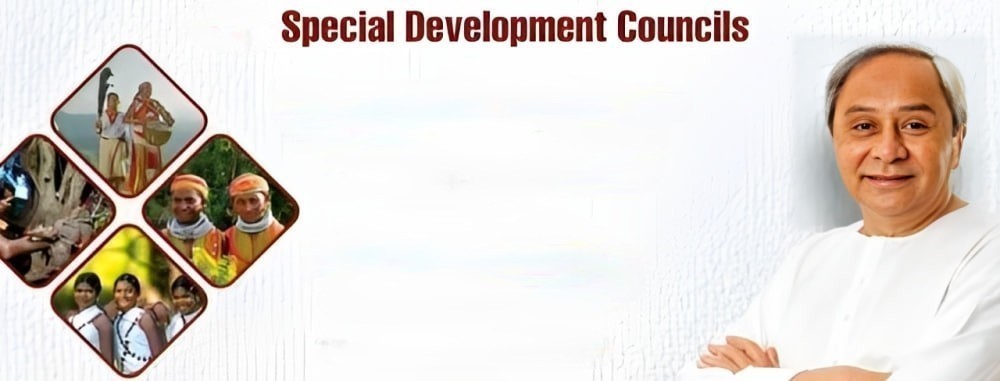
Copyright infringement not intended
Context: The state government of Odisha extended the jurisdiction of the Special Development Council (SDC), a specially targeted intervention in tribal areas, from nine to 23 districts, to improve the lives of 84 lakh indigenous people. The tribal community accounts for 22.8% of the population of Odisha.
Details
- The tribal community accounts for 8% of the population of Odisha.
- The SDC was set up in such a way that it directly improves the lives of tribal people in the state.
- 50% of the funding is made available for infrastructure, the remaining 50% for sports, culture, skill training, livelihood enhancement, and information, education, and communication.
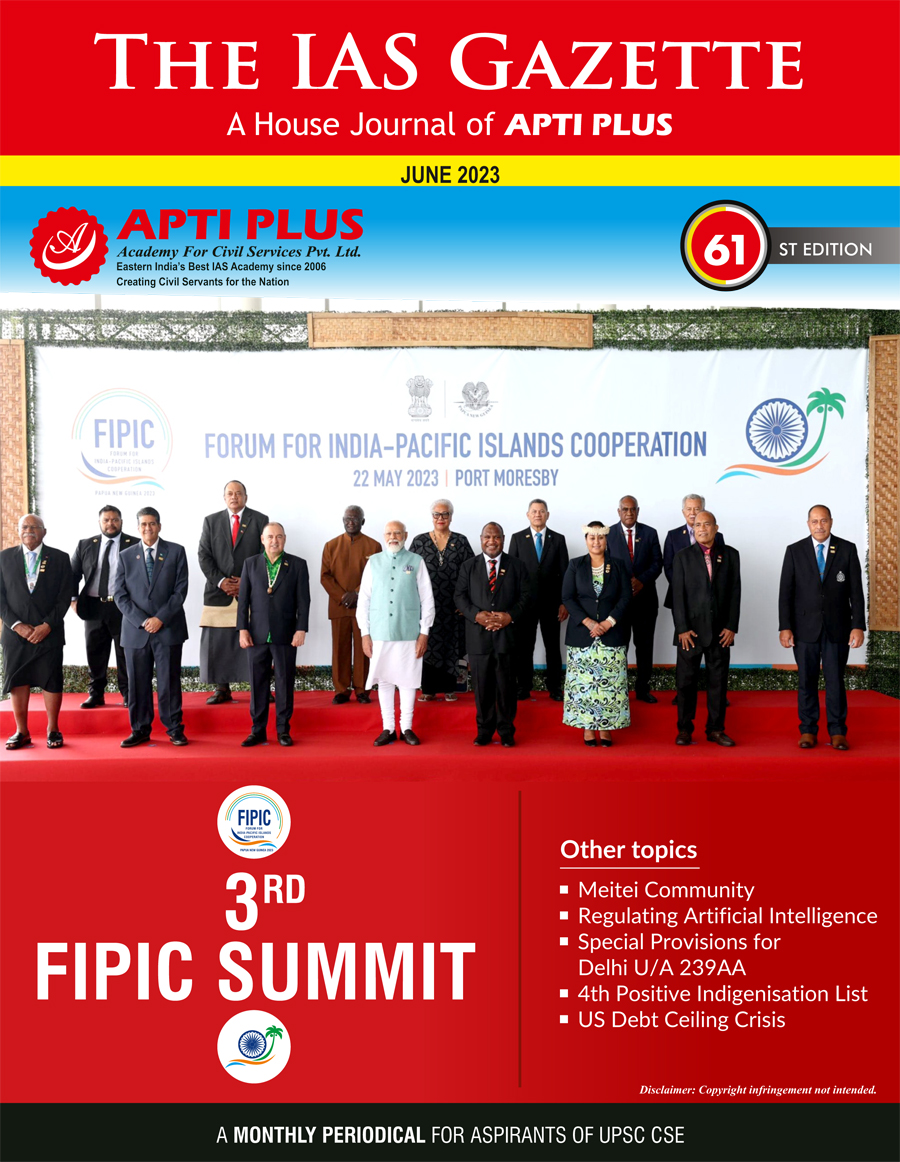
Odisha Special Development Council (SDC)
About
- The Special Development Council (SDC) is a unique initiative of the Odisha government to preserve and promote the culture and heritage of the 62 tribal communities in the state.
- The SDC was established in 2017 and initially covered nine tribal-dominated districts: Gajapati, Kandhamal, Keonjhar, Koraput, Malkangiri, Mayurbhanj, Nawrangpur, Rayagada and Sundargarh.
- In 2023, the jurisdiction of the SDC was expanded to 23 districts, intending to directly touch the lives of 84 lakh indigenous people.
Objectives
- Conservation of tribal culture aligned with development objectives.
- Propagation of tribal culture for retaining tribal identity.
- Recognition of the indigenous knowledge system of the Tribals and its promotion to help support the retention of tribal culture.
- Documentation of tangible and intangible tribal culture, tradition and practices.
- Identification of tribal resources and making the indigenous knowledge/unique culture a means of livelihood.
- Organization of exposure visits on the range of development issues.
- Promotion of tribal languages and dialects for developmental communication.
- Optimal utilization of available resources in tribal areas resulting in sustainable tribal development as per the felt needs of Tribals.
- Area/culture-specific development interventions will address the felt needs of the Tribals.
Structure
- The SDC is chaired by the Chief Minister of Odisha and has representatives from various departments, agencies and civil society organizations.
- The SDC has a State Level Advisory Unit (SLAU) to provide guidance and support to the district-level councils.
- The district-level councils are headed by the District Collector and have members from different sectors and backgrounds.
- The district-level councils are responsible for planning, implementing, monitoring and evaluating the SDC activities in their respective areas.
Initiatives taken by the SDC to achieve its objectives
Cultural festivals
- The SDC organizes tribal festivals to celebrate and showcase their religious, cultural and artistic diversity. Some of the festivals are Adivasi Mela, Parab, Chaitra Parab, Kalinga Mahotsav, etc.
Culture Clubs
- The SDC establishes culture clubs in schools and colleges to provide a platform for tribal students to learn and practice their culture, language and art forms.
- The culture clubs also conduct competitions, workshops and exhibitions on tribal themes.
Exposure visits
- The SDC arranges exposure visits for tribal people to different places of cultural, historical and developmental significance.
- The exposure visits help to broaden their worldview, enhance their knowledge and skills, and inspire them to adopt best practices.
Language lexicons
- The SDC prepares lexicons of 21 tribal languages to document and preserve their linguistic diversity.
- The lexicons also help to facilitate communication and education among tribal people.
Promotion of sports
- The SDC promotes sports and games among tribal people as a means of recreation, health and empowerment.
- The SDC organizes sports competitions, provides sports equipment and infrastructure, and supports talented sportspersons.
Publications
- The SDC publishes books, magazines, newsletters, brochures and posters on various aspects of tribal culture, history and development.
- The publications serve as a source of information, education and awareness for both tribal and non-tribal people.
Sacred groves
- The SDC protects sacred groves as reflections of indigenousness, traditions and biodiversity.
- Sacred groves are places of worship for tribals where they conserve natural resources and perform rituals.
Skill development training
- The SDC provides skill development training to tribal people to enhance their employability, income generation and entrepreneurship.
- The training covers various sectors such as agriculture, horticulture, animal husbandry, handicrafts, tourism, etc.

Conclusion
- The expansion of the SDC's jurisdiction is a significant step towards ensuring inclusive and equitable development for all sections of the society in Odisha. The SDC will now be able to implement its plans and programmes in the non-tribal districts as well, where there are still many pockets of poverty and deprivation. The SDC will also be able to address the issues and challenges faced by the urban poor, migrants, and other vulnerable groups in the state.
Must Read Articles:
Tribal Empowerment: https://www.iasgyan.in/rstv/perspective-tribal-empowerment
|
PRACTICE QUESTION
Q. Tribals in India are the indigenous people who have a distinct culture, language and way of life from the mainstream society. They are spread across various states and regions. What are the major challenges faced by these communities in terms of their identity, livelihood, education, health, and development? And what are the possible ways forward to ensure their rights, empowerment, and well-being in a rapidly changing society?
|
https://epaper.thehindu.com/ccidist-ws/th/th_delhi/issues/36485/OPS/GCVB82IPG.1+GOJB83BPO.1.html






